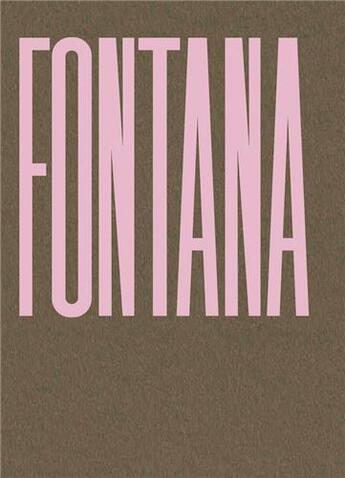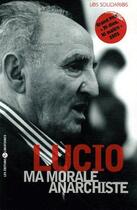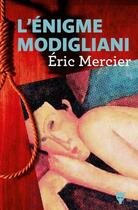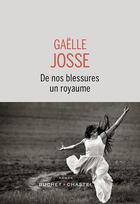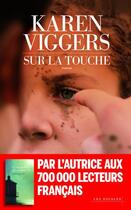-
Date de parution : 30/11/2022
-
Editeur :
Walther Konig
-
EAN : 9783906915708
-
Série :
(-)
-
Support :
Papier
Résumé:
On Fontana's decades-long experiments in terracotta, plaster, concrete, metal and more.
Hauser & Wirth's new Lucio Fontana (1899-1968) publication charts the uncategorizable artist's exploration of sculpture from the 1930s until his death. In a substantial essay, curator and leading Fontana... Voir plus
On Fontana's decades-long experiments in terracotta, plaster, concrete, metal and more.
Hauser & Wirth's new Lucio Fontana (1899-1968) publication charts the uncategorizable artist's exploration of sculpture from the 1930s until his death. In a substantial essay, curator and leading Fontana scholar Luca Massimo Barbero explores ceramics as "the ideal material for the Fontanian gesture" and reexamines Fontana's experimentation with terracotta, clay, plaster, concrete and metal. Researcher Cristina Beltrami resituates Fontana as a pioneering artist in the European postwar context, investigating his exchanges with other Italian and international practitioners.
The monograph, a collaboration with the Fondazione Lucio Fontana, also includes a biographical essay by the foundation's Maria Villa, tracing the artist's life through his ever-innovating sculptural practice, and serves as a companion volume to Lucio Fontana: Walking the Space.
Donner votre avis



